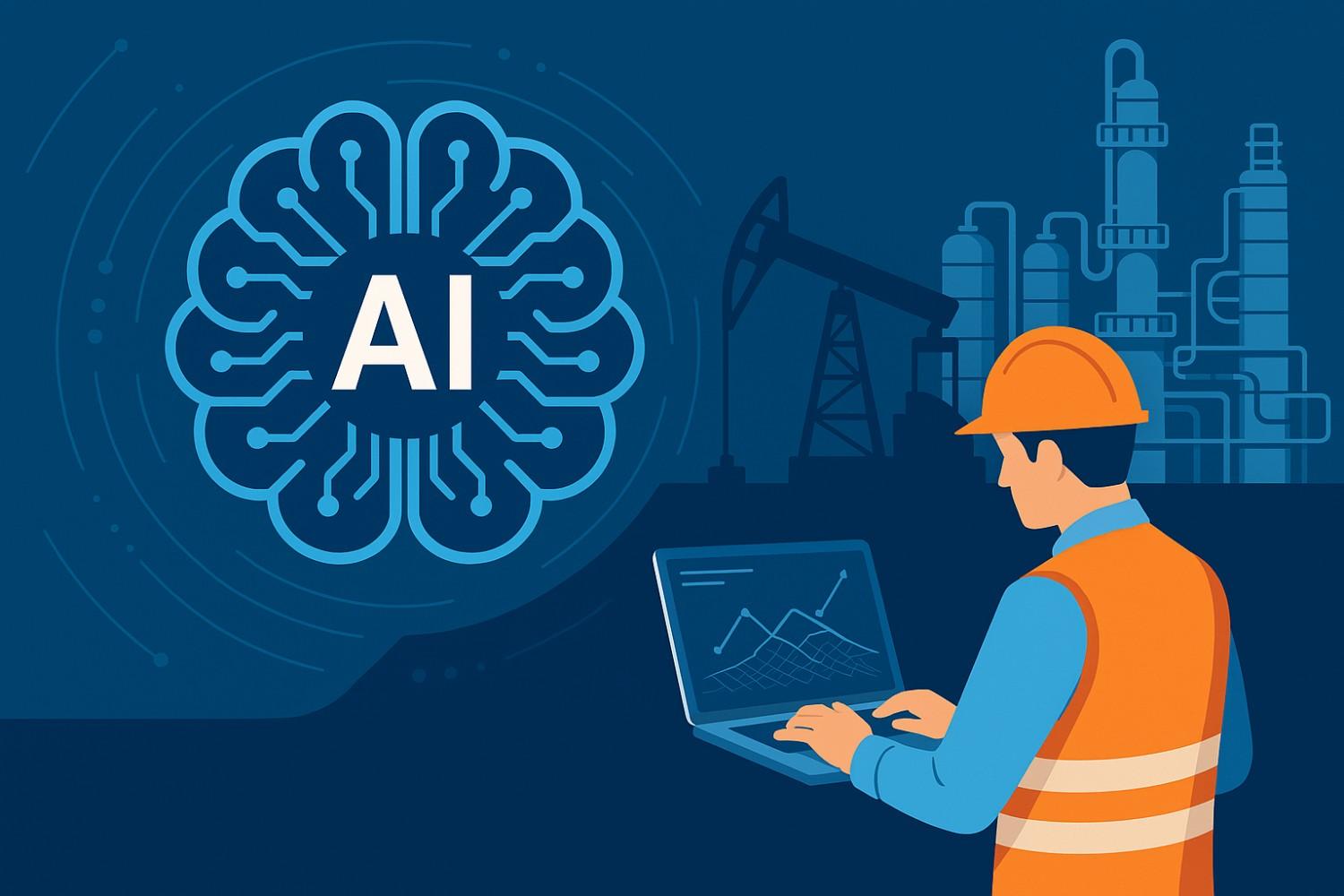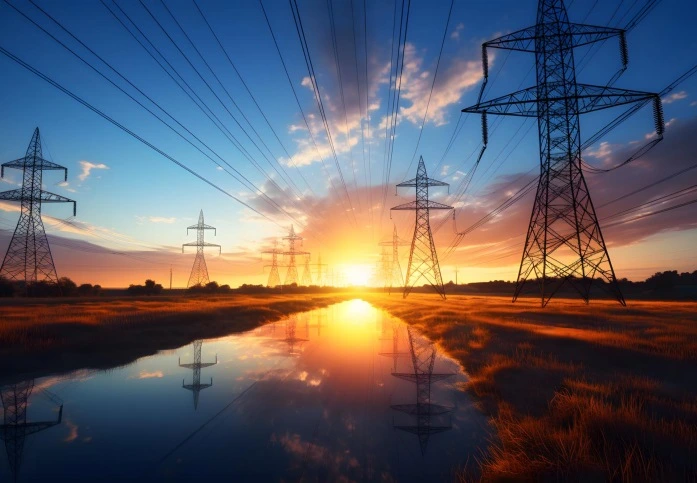Introduction
Global greenhouse-gas emissions reached 57.1 Gt CO₂-equivalent in 2023, pushing projected warming towards +3.1 °C by century’s end without stronger mitigation measures. The energy sector alone accounts for about 75.7% of total emissions, driven by electricity, heat, transportation, and industry. Over 100 countries and the European Union have pledged to reach net-zero between 2030 and 2070, creating urgency for scalable solutions. Against this backdrop, AI in climate change has emerged as a catalyst for emissions reduction, offering data-driven insights and control mechanisms that classical approaches cannot match.
The Growing Role of AI in Achieving Net-Zero
AI’s rise parallels falling computation costs and exploding data availability, positioning it as a general-purpose tool much like electricity itself. In the International Energy Agency’s Net Zero Emissions by 2050 Scenario, about 35 % of the required CO₂ cuts depend on technologies still in development, many of which rely on AI to mature faster. By applying AI for net-zero frameworks, utilities and industrial players can fine-tune operations in real time, squeezing out inefficiencies that would otherwise remain invisible.
Smart Applications of AI for Decarbonization in Energy
This section highlights how AI in climate change is translating into real-world applications across diverse energy use cases and underscores the promise of AI and decarbonization when data meets domain expertise.
Grid Optimization and Renewable Energy Forecasting
Machine-learning models can predict wind and solar output with up to 90% accuracy days in advance, reducing reliance on fossil-fueled backup plants and cutting balancing costs by 20%. Improved forecasting also allows operators to schedule storage dispatch more efficiently, boosting renewable utilization rates by 15% and reducing system emissions.
Smart Buildings and Energy Efficiency
AI-driven building management systems analyze occupancy, weather forecasts, and internal load profiles to reduce heating, ventilation, and air conditioning (HVAC) energy use by 10–30% without sacrificing comfort. Demand response programs, enabled by real-time AI control, can shift loads away from peak periods, reducing peak grid demand by as much as % in large districts.
Smarter Transportation and Mobility Planning
Urban planners leverage AI to optimize public transit routes and traffic signal timing, cutting city-wide vehicle hours traveled by 12% and associated emissions by 8%. Logistics companies use reinforcement learning to sequence delivery stops more efficiently, reducing fuel use per mile by an average of 7%. By applying AI in climate change practices in transportation planning, municipalities can accelerate their clean-mobility targets.
AI for Sustainable Agriculture and Land Use
Precision agriculture platforms combine satellite imagery with AI to guide fertilizer and water use, lifting yields by 20% while cutting nitrous oxide emissions from overfertilization by 25%. Land-use models powered by deep learning help identify optimal reforestation sites, maximizing carbon sequestration potential across degraded landscapes.
AI is deployed in waste-sorting facilities to identify recyclable materials with over 98% accuracy, slashing contamination rates and boosting recycling yields by 30%. Predictive maintenance algorithms extend equipment lifespans, reducing the need for new machinery and lowering the embodied carbon of industrial assets.
Circular Economy and Waste Management
AI is deployed in waste-sorting facilities to identify recyclable materials with over 98% accuracy, slashing contamination rates and boosting recycling yields by 30%. Predictive maintenance algorithms extend equipment lifespans, reducing the need for new machinery and lowering the embodied carbon of industrial assets.
At Ingenero, our Applied AI Solutions help energy stakeholders drive measurable emissions reductions through data-driven strategies and intelligent automation.
Advanced AI Innovations Shaping the Energy Sector
Emerging AI methods promise to push the frontier of AI and decarbonization deeper into research and operations.
Machine Learning for Energy Optimization
Reinforcement-learning agents can autonomously adjust multi-plant operations, such as combined-cycle gas turbines co-optimized with battery storage, to achieve a 5% greater fuel efficiency compared to rule-based controls.
Deep Learning for Climate Prediction and Disaster Response
Deep-learning networks process petabytes of climate data to forecast extreme weather events, such as hurricanes and heatwaves, with lead times of up to 14 days, enabling preemptive grid hardening and evacuation planning.
Robotics and Automation in Green Operations
Autonomous drones powered by AI perform high-voltage line inspections without risk to humans, detecting faults with 95% reliability and cutting inspection times in half. In offshore wind farms, AI-guided robotic cleaners remove blade fouling, restoring 3–5% of the lost power output.
NLP and Policy Modeling
Natural-language-processing tools sift through policy documents and regulatory filings to automatically extract compliance requirements, speeding up permit workflows by 40% and reducing legal costs for clean-energy projects.
IoT and AI Integration for Smart Cities
The convergence of IoT sensors and AI platforms enables city-wide energy dashboards that adjust street lighting levels and public facility HVAC in real time, reducing municipal emissions by 12% annually.
Blockchain + AI in Carbon Markets
Blockchain-enabled registries ensure transparent tracking of emissions reductions, while AI-powered price forecasting tools guide buyers and sellers in voluntary carbon markets, improving market liquidity and trust.
Barriers and Ethical Considerations
Despite its promise, AI in climate change faces critical hurdles that must be addressed to sustain trust and scalability.
Data Privacy and Quality Challenges
Energy and industrial datasets often contain proprietary details. Ensuring privacy while maintaining data granularity for AI model training requires robust anonymization and secure multiparty computation frameworks.
The Carbon Footprint of AI Systems
Training large AI models can emit hundreds of tons of CO₂ per run, with data centers poised to drive nearly half of the U.S.’s electricity demand growth by 2030. Mitigating these impacts requires cleaner grids and model efficiency innovations.
Addressing Bias and Fairness in AI Algorithms
Uneven data coverage can lead to biased model outputs that favor certain regions or demographic groups, undermining equitable deployment of AI in climate change solutions. Auditing and diverse team composition are essential.
Governance and Regulatory Frameworks
Clear standards and accountability structures are still evolving. Governments and industry consortia must coordinate on regulations that foster innovation while safeguarding against misuse.
Also Read: Benefits of Decarbonization
Unlocking the Future: Opportunities for AI in Net-Zero
Strategic actions can amplify AI’s climate impact and help bridge the gap to a low-carbon future.
Collaboration Across Borders and Sectors
Multi-stakeholder alliances, such as the Net Zero World Initiative, provide shared datasets, model benchmarks, and funding vehicles to drive cross-cutting AI for net-zero research..
Investment in AI-Driven Climate Tech
Public and private capital must flow toward AI tools that demonstrably cut emissions, with metrics like “return on environment” emerging to benchmark impact. Venture funding for climate-tech reached a record $60 billion in 2024, signaling market confidence.
Organizations looking to implement impactful Sustainability Energy Solutions can leverage AI technologies to drive measurable progress toward their net-zero objectives.
Building Skills and Research Capacity
Universities and training programs must expand their curricula in AI, data science, and domain-specific knowledge, ensuring the industry has a talent pipeline to scale solutions responsibly.
Conclusion
AI is no silver bullet, but when applied thoughtfully to the energy sector, AI in climate change can unlock efficiencies and enable rapid scaling of clean technologies. By navigating ethical and technical barriers, fostering cross-sector collaboration, and investing in human and computational infrastructure, stakeholders can harness AI in climate change to meet net-zero goals on a credible timeline. The race to decarbonize the world’s largest emissions source is underway, and AI is poised to play a defining role.
For large-scale decarbonization efforts, partnering with experts in Engineering Consulting Services ensures that AI solutions are integrated efficiently into complex energy systems.


